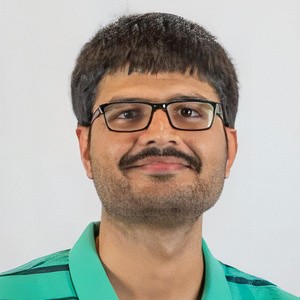What is cryptography?
SIAM Mini-Conference 2025, ENR2 building, The University of Arizona
Cryptography, the use of codes and ciphers to achieve information security and privacy, began thousands of years ago. Claude Shannon’s 1948 paper on information theory and his 1949 paper on cryptography laid the foundations of modern cryptography and gave it a strong mathematical basis.
